Light Knowledge
Get more lighting knowledge from Bartenbach in the areas of lighting design, research and development, model making, lighting simulations and much more.
On the first floor, the façade opens onto Western Avenue to emphasize the building's various functions. These include public spaces as well as retail and student life.The upper floors contain the laboratory spaces. These are wrapped with a curtain wall façade, which visually creates a tapestry. Depending on the façade orientation, the individual elements are shaped differently, direct sun and glare is reduced, but at the same time diffuse daylight is directed deep into the space. The optimized façade also ensures reduced cooling requirements.
Improved air quality and energy efficiency
The building's green roofs and terraces can improve air quality, reduce carbon emissions, and control stormwater runoff. The optimized façade also ensures reduced cooling needs in the summer. Despite the large façade that wraps the building like a cloak, the interior spaces receive sufficient daylight.
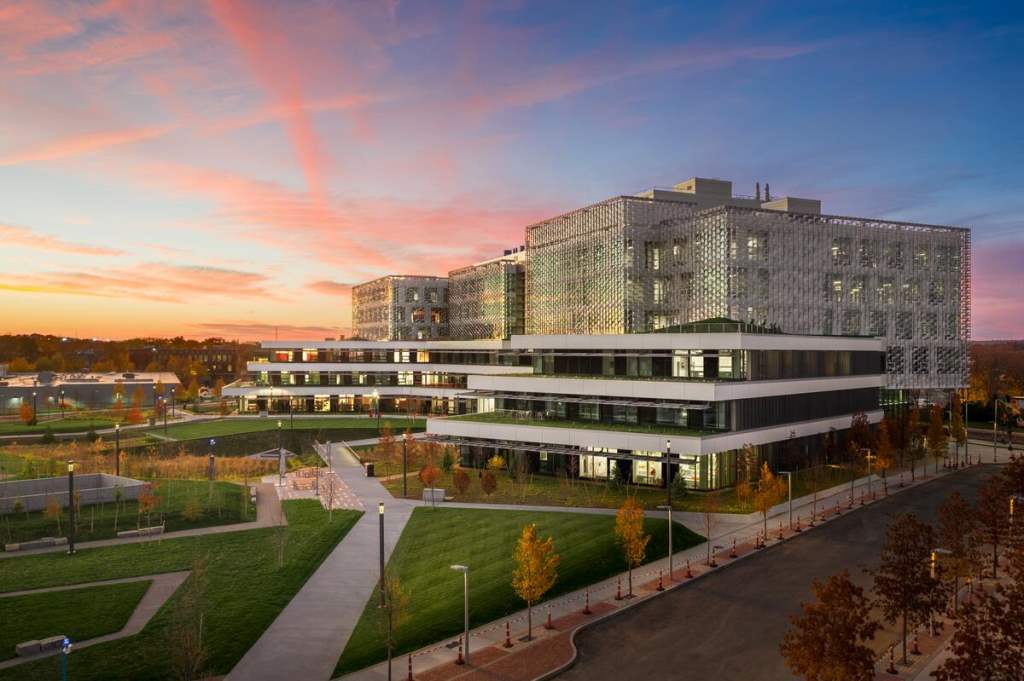
Optimal use of natural light
An intelligent control system automatically adds artificial light as needed on dark days. Glazed atrium spaces allow natural light to penetrate deep into the building. On the garden façade, horizontal light-directing elements help channel daylight into the surrounding office spaces. Sophisticated façade elements on the laboratories let in the desired daylight while reducing glare and still allowing a view to the outside.
Improving performance and well-being through natural light
Daylight is hugely important, especially for learning, as it not only helps us concentrate, but also boosts our performance and promotes good health. The main objectives are glare-free light distribution, brilliant light for the best ambience and atmosphere. The choice of materials, the selected light colors and light distribution create a natural way of walking and give a feeling of safety.
Innovative lighting technologies in use
The basic concept is to develop an integrated lighting solution that responds to the existing conditions. The artificial lighting project is based on the most efficient LED technology available on the market as a competitive lighting product, which has an efficiency of over 80 lm/W, a high color rendering index (CRI) of over 90 and an efficiency of the individual lighting fixtures of over 80%.These are the main technical criteria for the selection of all lighting components.
Harmonious light integration and functional lighting concepts
The luminaires should not appear as foreign bodies, but should integrate into the architecture without interference. Without disturbances. The aim of the lighting concept is to support the basic lighting with daylight, especially in the evening and morning hours, and to create an attractive space. The lighting is differentiated into the horizontal functional light and the additional accentuation (structured light) of special objects such as counter areas, entrances work areas, etc.. The aim of the lighting concept is - depending on the use - to make the stay in Harvard University Science and Engineering Complex pleasant and to offer the users the best possible lighting atmosphere for a state-of-the-art workplace.
This is achieved through attractive illumination of the space with appropriate light color and high color rendering. All areas are to be designed as comfortable places to stay and be safe, even in the evening and night hours, while maintaining a visual connection to the outdoor space.
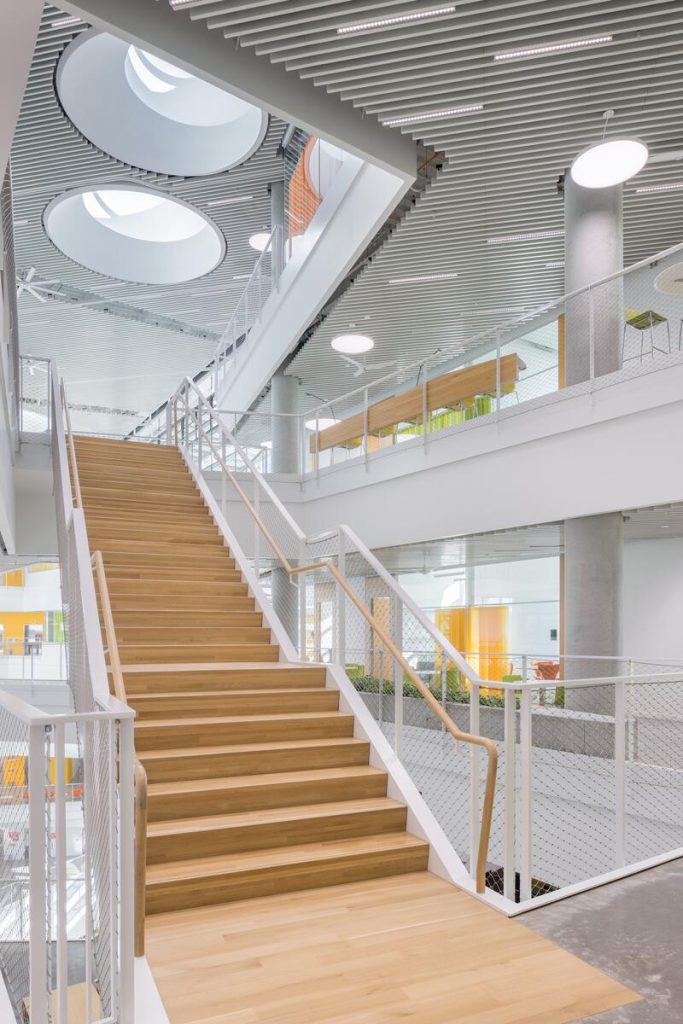
Recognition and awards
We are very proud that Bartenbach won the German Lighting Design Award 2023 in the category "International Project" with this project.
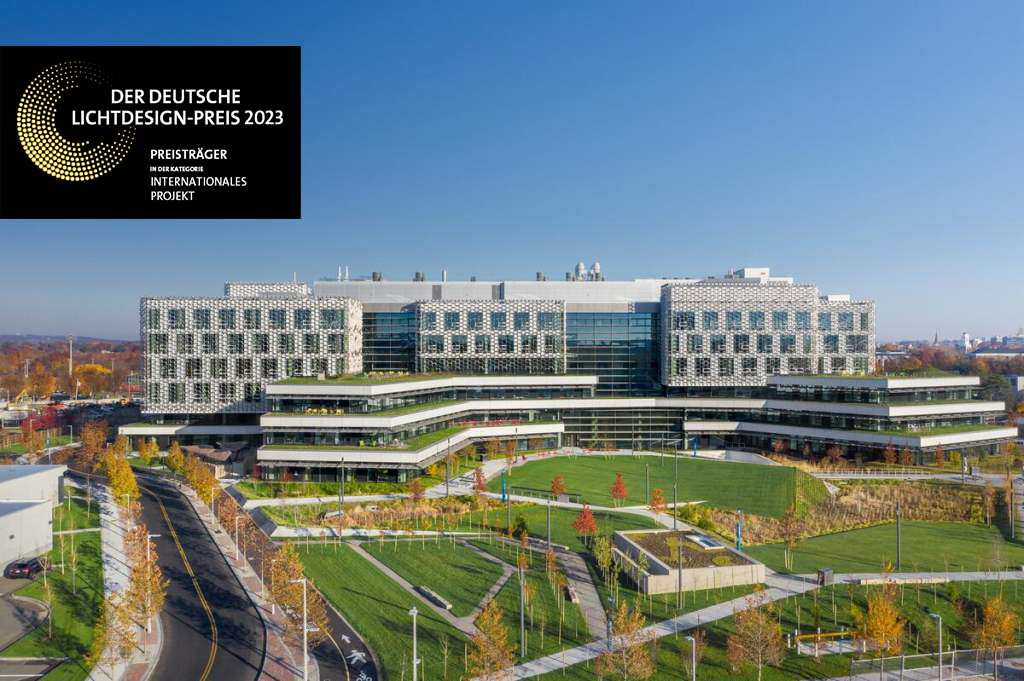
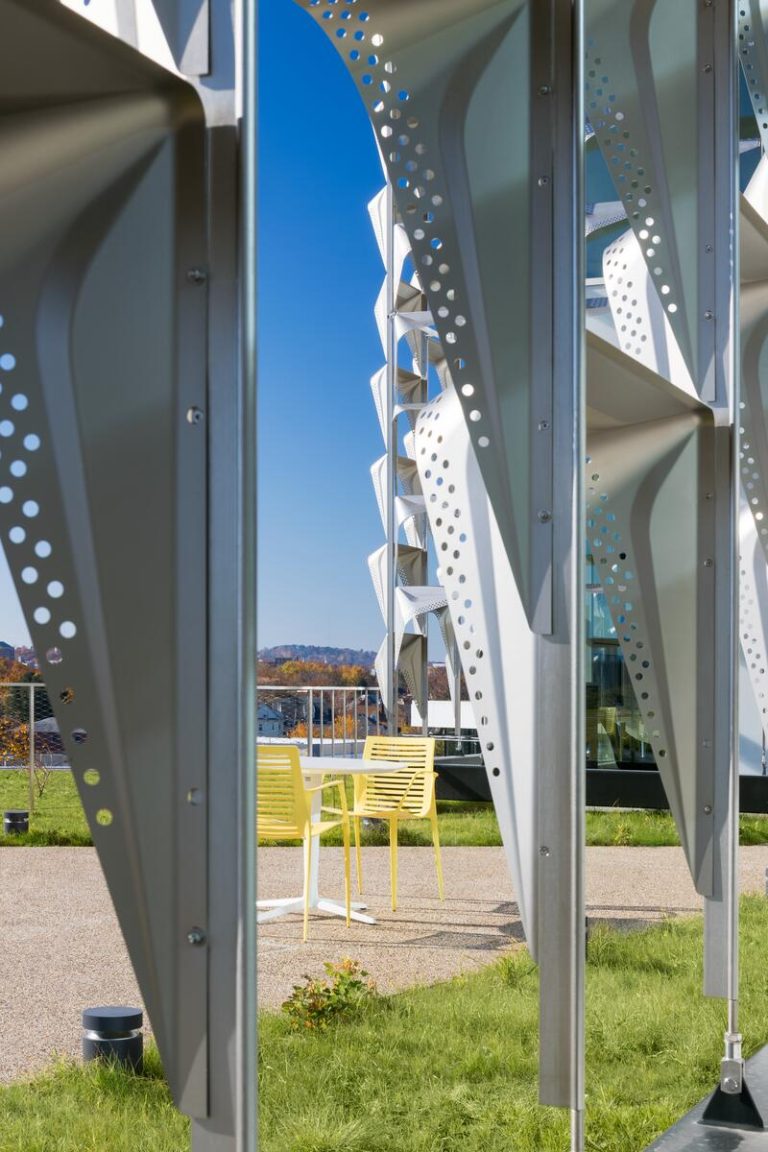
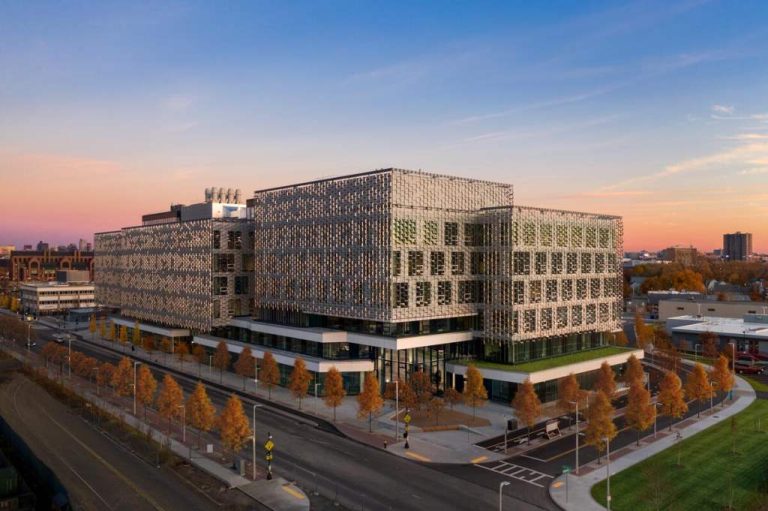
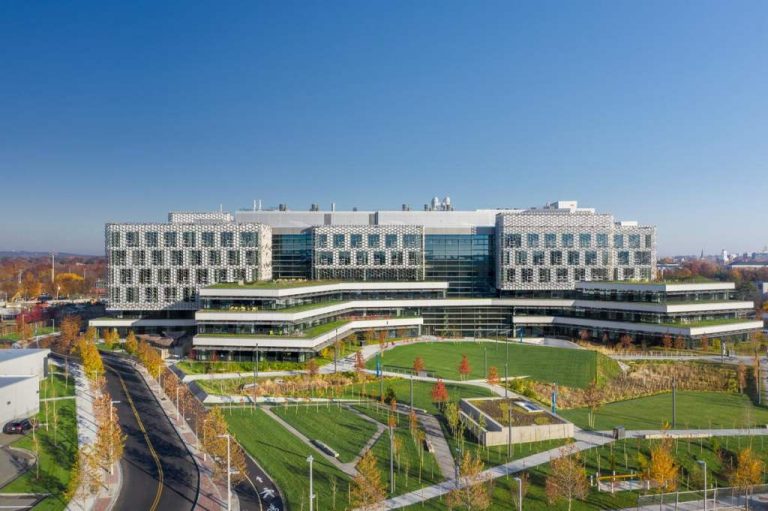
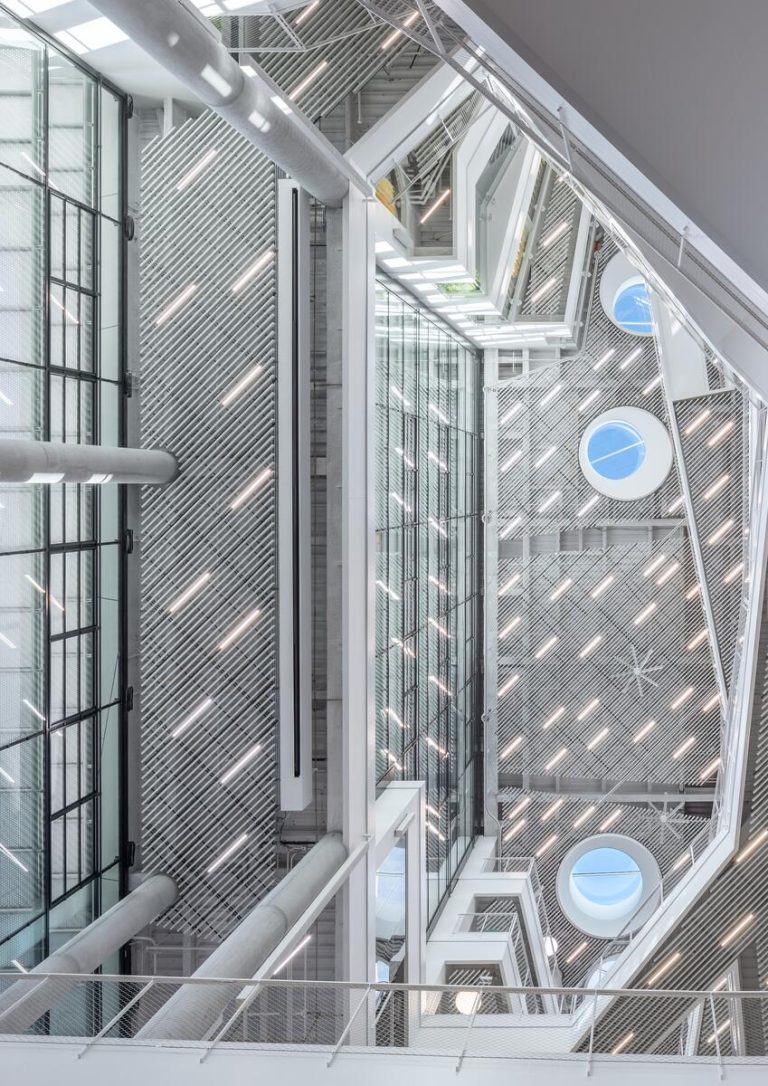
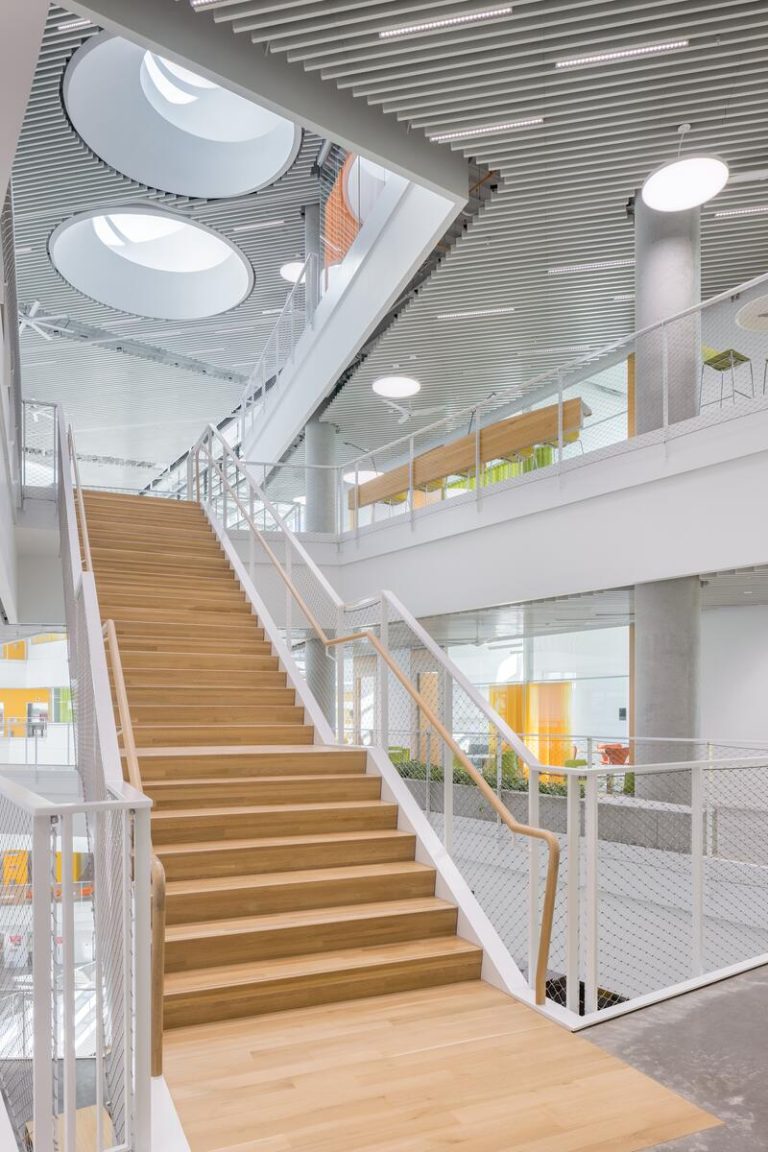
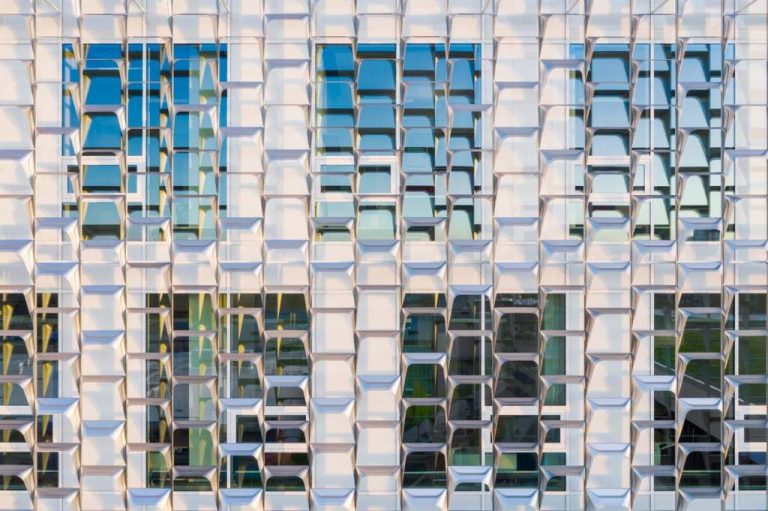
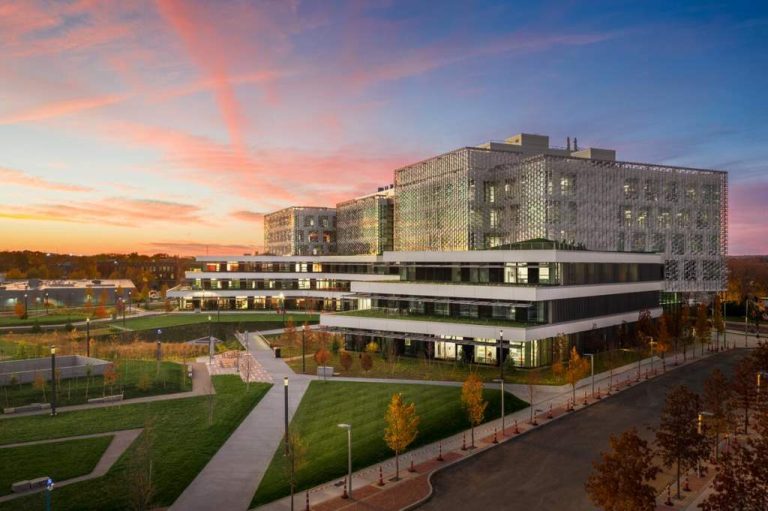
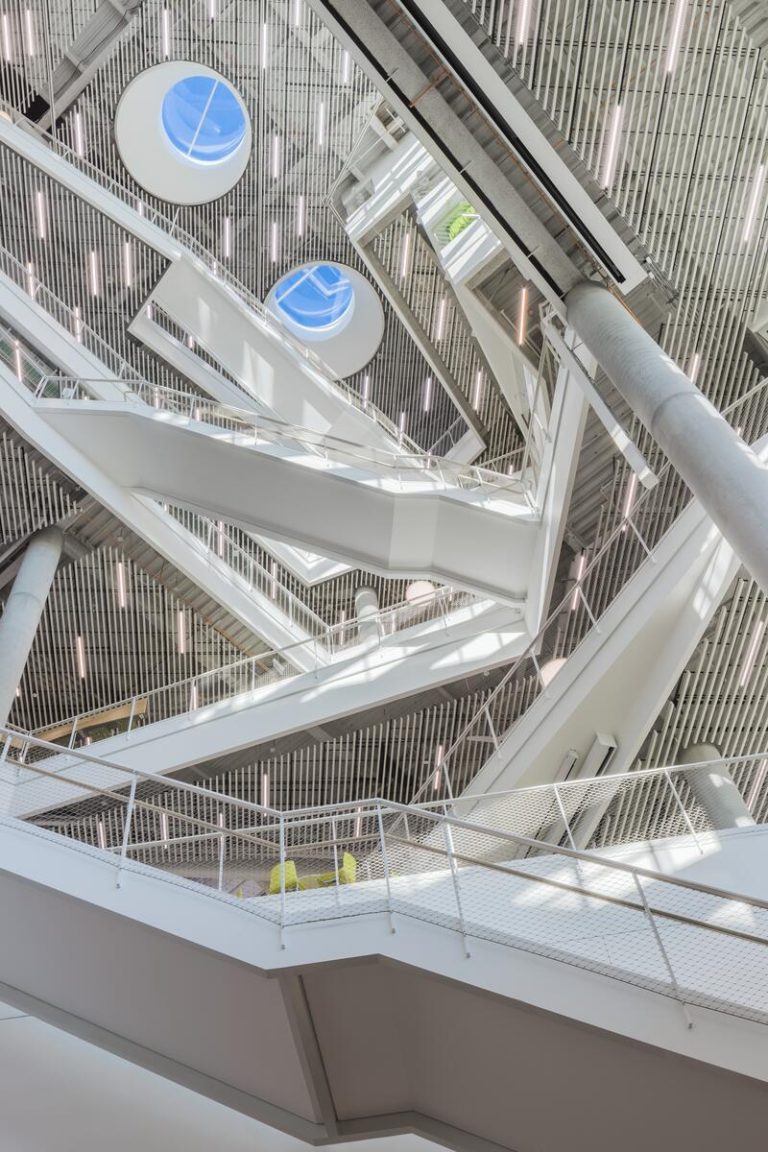
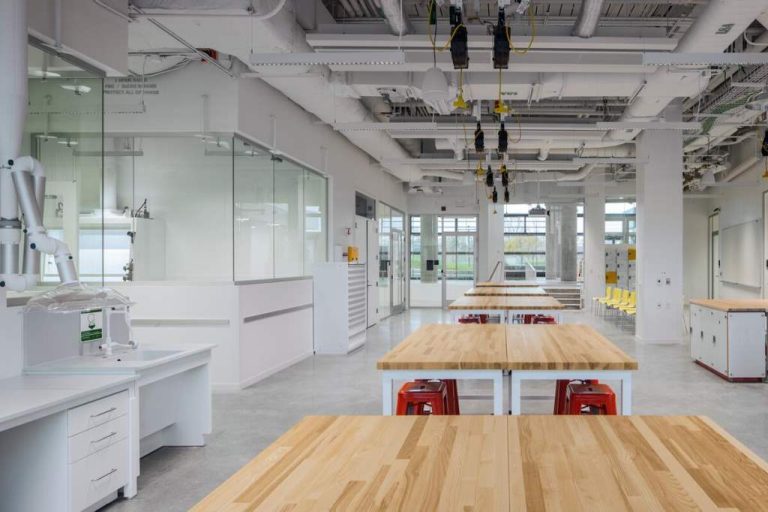
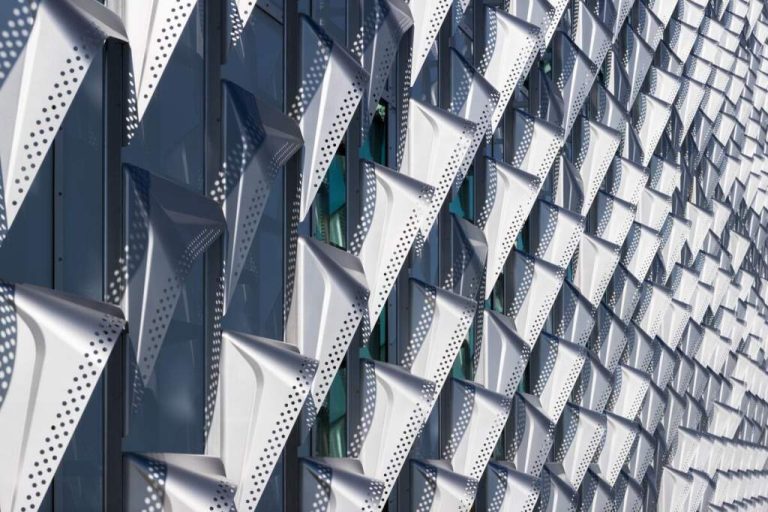
Get more lighting knowledge from Bartenbach in the areas of lighting design, research and development, model making, lighting simulations and much more.